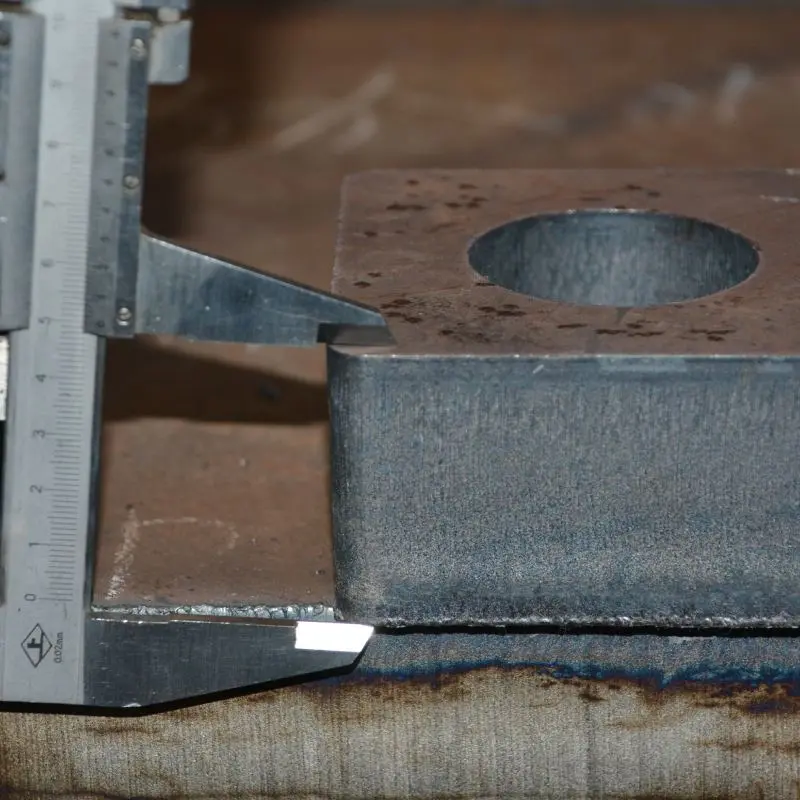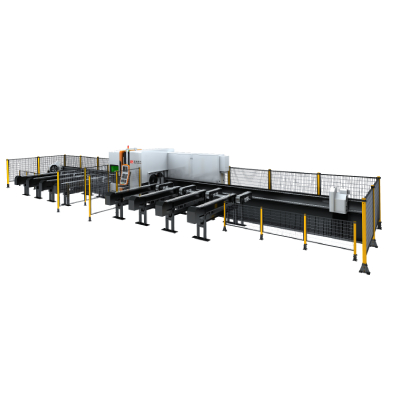Introduction

Exploring the Evolution, Applications, and Benefits of Metal Cutting Machines in Modern Manufacturing Processes
As the backbone of industrial manufacturing, metal cutting machines play an instrumental role in shaping the future of various sectors, including automotive, aerospace, and construction. The advancement of technology has led to the evolution of these machines, enabling them to perform intricate tasks with precision and efficiency. In this article, we will explore the evolution of metal cutting machines, their diverse applications in various industries, and the myriad benefits they offer to manufacturers.
The Evolution of Metal Cutting Machines
Historically, metal cutting machines have undergone significant transformations. The earliest metal cutting tools were primitive and relied heavily on manual labor. The Industrial Revolution marked a pivotal moment in the evolution of these machines, as the introduction of steam power and mechanization revolutionized manufacturing processes. The first metal cutting lathe was developed during this period, allowing for more precise shaping of metal components.
As technology advanced, so did the machines. The introduction of electric motors in the early 20th century enabled faster and more efficient cutting processes. The development of computer numerical control (CNC) machines in the 1960s revolutionized the industry once again. CNC machines allowed for automated control of machining tools via computer programs, leading to unprecedented levels of accuracy and repeatability. Today, metal cutting machines are equipped with advanced technologies such as laser cutting, water jet cutting, and plasma cutting, further enhancing their capabilities.
Applications of Metal Cutting Machines
Metal cutting machines are utilized across a wide range of industries, each with unique requirements and applications. In the automotive sector, for instance, these machines are critical for producing components like engine blocks, transmission housings, and body panels. The precision offered by metal cutting machines ensures that these components fit together seamlessly, which is vital for the performance and safety of vehicles.
In the aerospace industry, where lightweight and robust materials are essential, metal cutting machines are used to manufacture intricate parts with tight tolerances. Components such as aircraft wings, fuselage sections, and landing gear must meet stringent standards for quality and safety, making precision cutting machines indispensable.
Furthermore, metal cutting machines find applications in the construction industry for fabricating steel beams, columns, and other structural elements. The ability to cut large sheets of metal into specific shapes and sizes streamlines the construction process and reduces waste.
Benefits of Metal Cutting Machines

Exploring the Evolution, Applications, and Benefits of Metal Cutting Machines in Modern Manufacturing Processes
The integration of metal cutting machines into manufacturing processes presents numerous benefits. One of the most significant advantages is increased efficiency. Automated machines can operate continuously, producing large quantities of metal parts with minimal downtime. This level of efficiency allows manufacturers to meet market demands swiftly and effectively.
Another benefit is the enhancement of product quality. With high precision and consistency, metal cutting machines minimize the chances of errors and defects in the finished product. This leads to higher customer satisfaction and reduces the costs associated with rework and scrap.

Exploring the Evolution, Applications, and Benefits of Metal Cutting Machines in Modern Manufacturing Processes
Additionally, contemporary metal cutting machines are often designed with energy efficiency in mind. Many modern machines use advanced technologies that reduce power consumption, cutting operational costs and aligning with sustainability goals.
Moreover, metal cutting machines provide manufacturers with unparalleled versatility. With the ability to work with various materials—including steel, aluminum, and titanium—and execute different cutting techniques, companies can adapt quickly to changing market needs and innovations.
Conclusion
In conclusion, metal cutting machines have evolved dramatically over the years, becoming a vital part of manufacturing processes in numerous industries. Their applications stretch from automotive and aerospace to construction, showcasing their broad significance. The benefits of increased efficiency, enhanced product quality, energy savings, and versatility make them an invaluable asset to manufacturers striving for excellence in today’s competitive market. As technology continues to advance, we can expect metal cutting machines to play an even more prominent role in shaping the future of manufacturing. Steel Automatic Cutting Machine
